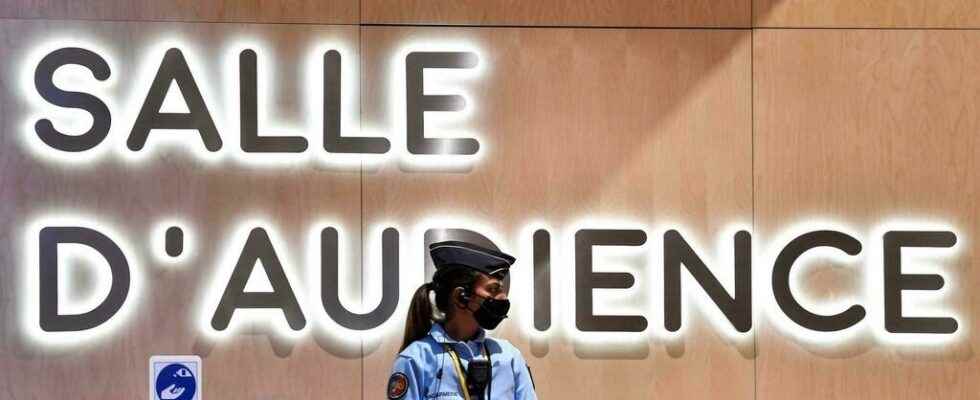On the 87th day of the hearing, the special assize court heard this Monday, March 7, the Belgian investigators who tried to trace the trail of the six Kalashnikovs of the commandos who sowed death on the Parisian terraces and at the Bataclan. How did the terrorist cell manage to obtain these weapons of war? Hearing report.
From our special correspondent at the Paris courthouse,
The police did not manage to trace the chain or chains that equipped the terrorists. The only certainty is that it was not as simple as we heard in this trial. Because, they say, there are no Kalashnikovs on every street corner in Brussels “. Two tracks still attract their attention. The first concerns the accused Mohammed Bakkali, one of whose contacts admits having made a few phone calls at his request. To a Kurd first met in a café, then to a Chechen known to Belgian justice for arms trafficking.
But this track revealed in April 2016 was only seriously explored at the end of 2018. Two and a half years later. Two and a half years too late. The material elements have disappeared and the witnesses have lost their memory. ” It was just after the attacks in Brussels, there was a lot of work, we had to make choices », justifies the policewoman.
” I noticed that these small cars sell very quickly »
The other track leads the investigators to the Netherlands. This time it concerns the accused Ali El Haddad Asufi. With one of his cousins living in Amsterdam, he inquired about several ” Clio sold for 2,200 or 2,700 euros each. The policewoman points out that this is the black market price of a Kalashnikov. He’s looking for five or six. ” Tell me when they’re ready. I will take them all. I’ve noticed that these little cars sell out fast. »
► Read also : Infographic – The perpetrators and alleged accomplices of the attacks of November 13
The Belgian investigator is trying to show video surveillance images and telephone records to support that Ibrahim Bakkraoui, one of the coordinators of the November 13 attacks, was on the trip. Ali El Haddad Asufi’s lawyer, Me Arab-Tigrine, is annoyed. ” You have images where they come out of the building together. And a return together. That’s all. The policewoman insists, Asufi took the direction of the Netherlands directly. ” How long does it take to drop someone off somewhere? asks the lawyer. ” A few seconds », Recognizes the inspector. ” But how do you explain that they come together? “, she insists. ” But Madam Inspector, it’s up to you to prove it “retorts Me Arab-Tigrine.
The police established that ” Clio was a code name. The accused and his cousin ended up recognizing themselves that there was no question of a car or a mechanic. But a code name for what? Ali El Haddad Asufi told investigators that he did not come to Rotterdam to buy weapons, but drugs.
His other lawyer, Me de Taye, criticizes the Belgian investigators for having dismissed this hypothesis too quickly. ” When we go to look for narcotics, don’t we take time and precautions? » « For weapons too we take time and precautions “, retorts the policewoman. ” But it’s up to you to prove it! “, roars the Belgian lawyer. ” But it is also up to you to demonstrate that these are narcotics “says the inspector a little quickly. ” But no ! “, bursts the lawyer.
In France, as in Belgium for that matter, it is up to the prosecution to prove guilt, not to an accused to prove his innocence.
► To listen too : Trial of the attacks of November 13, 2015: what defense strategies for the accused?
